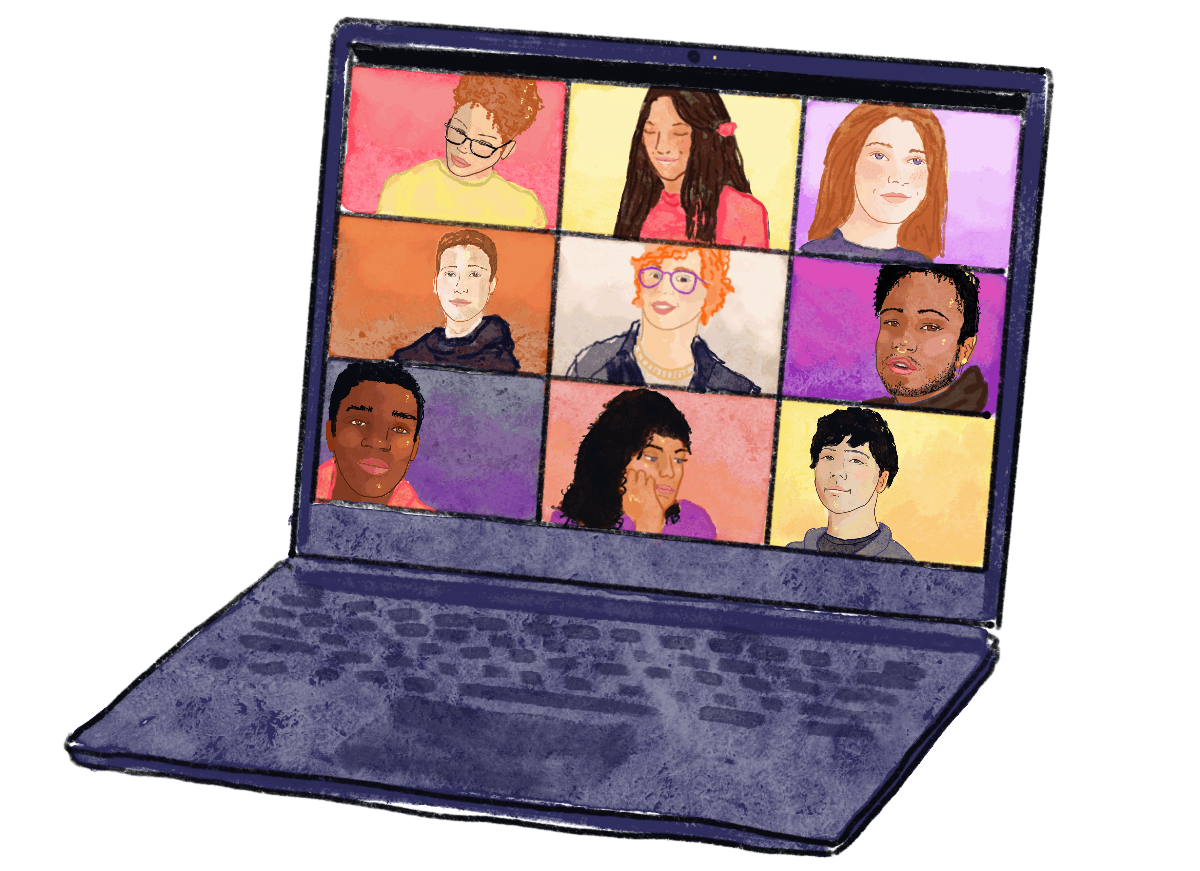Self-Harm Treatment for Teens and Adults
Self-harm is often linked to serious mental health issues, which is why understanding the root of self-harm is key to long-lasting recovery. Fill out the short form below or call us directly to start healing today with Charlie Health.
More than 91% of clients see improvements in their most severe mental health symptoms.
How is self-harm diagnosed?
Self-harm is not traditionally considered a diagnosable mental health condition, but it is often linked to underlying mental health conditions such as anxiety, trauma, or depression. However, some mental health professionals recognize nonsuicidal self-injury (NSSI) as a distinct behavior pattern that may warrant focused assessment and treatment. During a clinical evaluation, providers assess both the self-harming behavior and any underlying mental health conditions that may be contributing to it.
How does Charlie Health treat self-harm?
Charlie Health takes a trauma-informed and relationally-focused approach to working with clients dealing with self-harm.
Clients who self-harm are often dealing with attachment issues, stressful relationships, or trauma. Our all-virtual model offers a safe and accessible space for clients to foster connections with others and navigate the triggers that often lead to self-harm together.
Our goal is to help our clients develop the skills necessary to deal with their mental health issues in a constructive manner.

We proudly partner with many major insurance providers, including commercial, Medicaid, and TRICARE
What are the best types of therapy for self-harm?
Dialectical behavior therapy (DBT) skills
Dialectical behavior therapy (DBT) skills can provide people who self-harm with a structured framework to manage their emotional distress and help them find healthier coping mechanisms than self-harm. DBT teaches skills that help people regulate their emotional responses and tolerate intense feelings without self-harming. Overall, DBT empowers people to better understand and manage their emotions, ultimately reducing the urge to self-harm and promoting healthier coping skills.
Group support
Group support can serve as a safe and empathetic space for people who self-harm to talk about their experiences, thoughts, and feelings with others who may face similar challenges. It can make people who self-harm feel less alone and get advice from others on coping strategies, all of which can help reduce the urge to self-harm. Group members can also hold each other accountable and celebrate each other’s successes in their journey towards healthier coping mechanisms and emotional regulation.
How it works
Reach out
Call our Admissions Team 24/7 or fill out our quick online form to verify your insurance coverage and get started
Get matched
We’ll conduct a thorough assessment to create your personalized virtual treatment plan
Start healing
Meet your peers in groups and your primary therapist in as little as 24 hours
Mental health conditions associated with self-harm
FAQs about self-harm
See All FAQsWhat are the main signs of self-harm?
Some main signs of self-harm are:
- Deliberate self-injury like cutting, burning, or scratching
- Unexplained cuts, bruises, or scars
- Wearing concealing clothing even in warm weather
- Isolation
- Mood changes
- Emotional distress
- Secrecy
It’s important to understand that not everyone who self-harms will show all of these signs. If you’re in imminent danger of hurting yourself, this is a mental health emergency. Contact The Suicide & Crisis Lifeline 24/7 by calling or texting 988.
How common is self-harm?
It’s challenging to determine how common self-harm is because of underreporting and stigma associated with the behavior. Anyone of any age can self-harm, but research indicates that self-harming is more commonly reported among young people and women. Some studies suggest rates of self-harm among adolescents and young adults are around 10-15% in some cases.
What causes self-harm?
Self-harm is typically caused by a mix of emotional, psychological, and environmental factors. Underlying mental health conditions, including depression and past trauma, can contribute to self-harming behaviors. Also, self-harm is often a way for people to cope with intense emotional pain, anxiety, or emotions, so a lack of effective emotional regulation strategies can cause self-harm.
